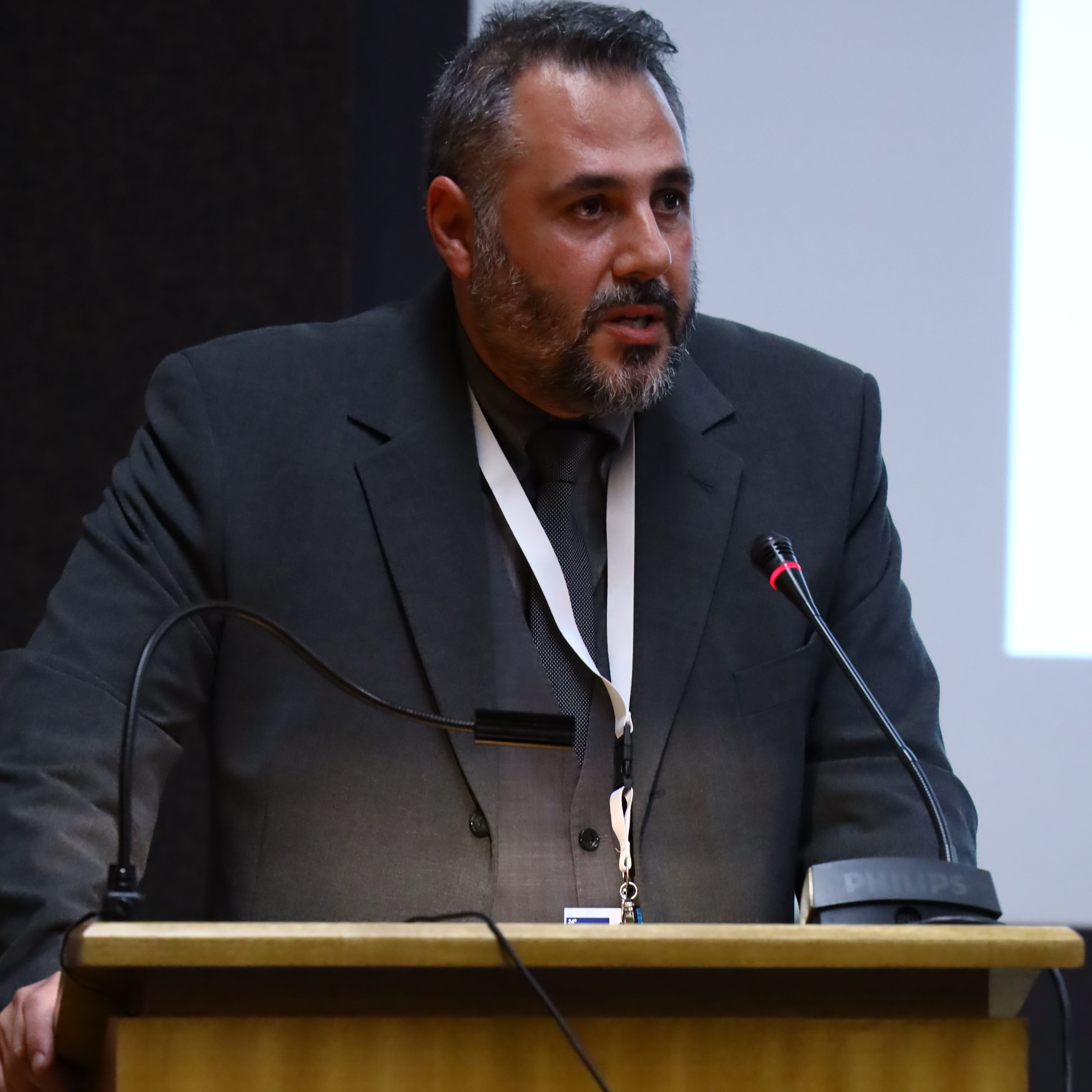Preprint
Article
One-Step Synthesis and Sintering of Skutterudite CoSb3: Smart Houses Materials?
Submitted:
08 May 2017
Posted:
08 May 2017
You are already at the latest version
Abstract
Thermoelectric materials may be used in devices as thermoelectric “air conditioner” in a smart house for improved energy efficiency. Energy harvesting uses ambient energy to generate electricity. It provides potentially low-cost, maintenance-free, long-life equipment by reducing the need for batteries or power chords. Energy harvesting (EH) is also known as power harvesting or energy scavenging. EH is considered to give benefits related to environmental friendliness, safety, security, convenience and affordability. EH can be used for brand enhancing. Technically, it can be used to make new things possible depending on visionary engineering. The variety of thermoelectric (TE) materials that can be used in energy harvesting is quite large, and the optimal material for a given application depends mainly on the temperature range in which the material is to be used. In this work we study the development and characterization of thermoelectric materials which were prepared by two different method, which were: a) ball-milling followed by sintering and b) ball-milling, microwave synthesis, high energy planetary ball milling, and sintering. Finally, we study the thermoelectric properties, calculate the band gaps and the ZT for the thermoelectric materials.
Keywords:
Subject:
Chemistry and Materials Science - Materials Science and TechnologyCopyright: This open access article is published under a Creative Commons CC BY 4.0 license, which permit the free download, distribution, and reuse, provided that the author and preprint are cited in any reuse.
Alerts
MDPI Initiatives
Important Links
© 2025 MDPI (Basel, Switzerland) unless otherwise stated






